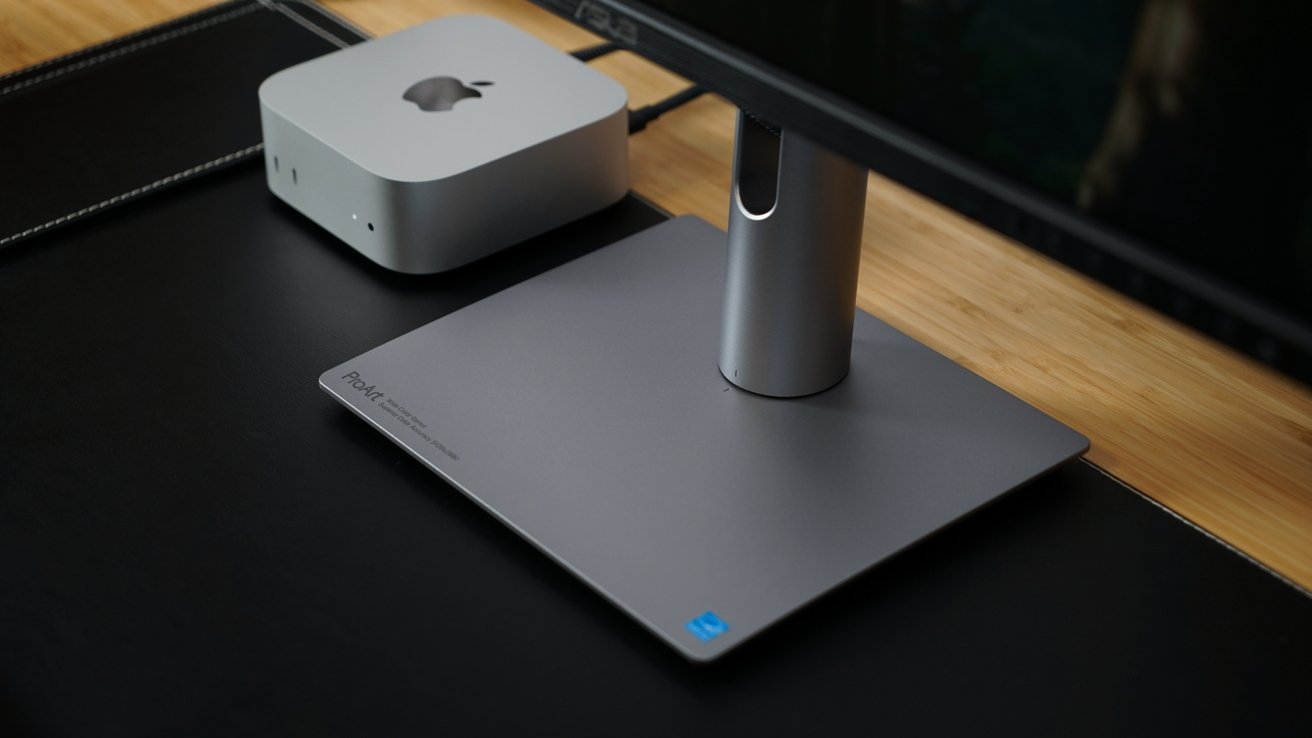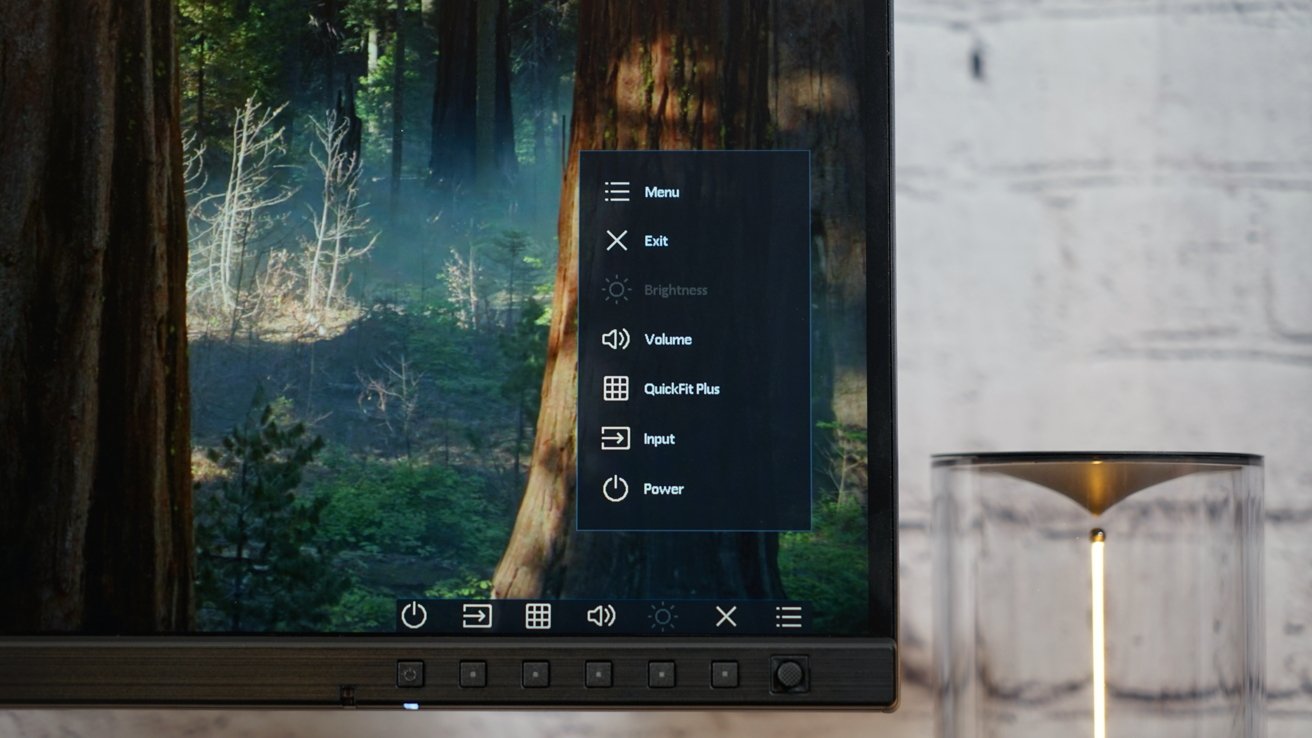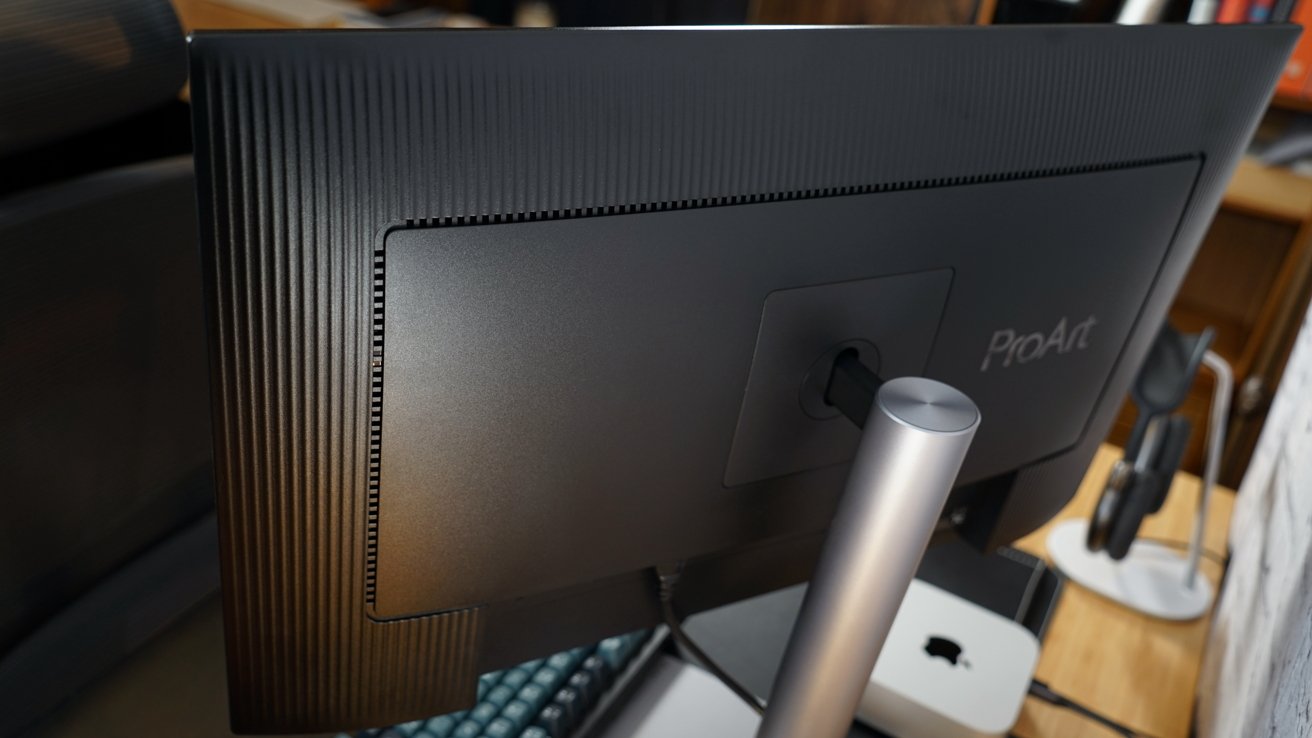The Asus ProArt Display might be the Studio Display alternative you’ve been waiting for with a 5K 27-inch matte display that’s still sharp.
Apple has spoiled me with its crystal-clear Retina displays from iPhone to iMac. The monitor market could never quite capture the same quality, and ever since the Studio Display arrived, it seemed to be the standard to compare to.
I’m happy to say we’ve finally arrived at a sub-$1,000 monitor with similar specs and Retina resolution at 27 inches. The Asus ProArt Display 5K checks a lot of boxes, and it may just be what you’re looking for at half the price.
It isn’t a perfect alternative to the Studio Display, but that’s okay given the price. If you’re willing to give up a webcam, good speakers, and Thunderbolt connection, then it’s a done deal.
There are things the Asus ProArt Display can do the Studio Display cannot, like connect to more than one device at once. Plus, you get the benefits of an HDMI port, like using the monitor for a gaming console.
Let’s get into the tradeoffs and why someone might choose the Asus display over others.
Asus ProArt Display 5K review: design
As far as monitors go, the Asus ProArt Display 5K has a fairly boring and straightforward design. It’s not a knock against the monitor given the price, but understand you’re getting what you pay for — a hunk of plastic.
The included stand can be raised 130mm from the bottom position or about 5 inches. It can swivel 30 degrees, tilt minus 5 degrees to 23 degrees, or rotate to portrait mode.
The base is made to be intentionally smaller than other monitor stands at this size so it has less of an impact on the user’s desk setup. A hole in the stand provides plenty of space for cable management.
Three sides essentially don’t have a bezel, and the fourth is relatively thin with five unlabeled buttons. These buttons and a knob control the OSD menu, but it’s a pain. I’d have preferred dedicated input and volume buttons to unlabeled toggles that require multiple presses to function.
Asus ProArt Display 5K review: specs
The Asus ProArt Display matches up with Apple’s Studio Display pretty well. Spec for spec, it’s a good display with a few drawbacks.
| Specs | Asus ProArt PA27JCV | Apple Studio Display |
|---|---|---|
| Display size | 27 inches | 27 inches |
| Pixels per inch | 218 | 218 |
| Display type | Matte with LuxPixel | Glossy Optional nano-texture |
| Panel brightness | 400 nits/ 500 nits peak HDR | 600 nits |
| Color range | 99% P3 color with HDR500 | 100% P3 |
| Webcam | None | 12MP with Center Stage |
| Audio | Stereo speakers | Six-speaker with Spatial Audio |
| Ports & power | 96W PD 3 USB-A 1 USB-C |
96W PD, 3 USB-C |
| Connection | USB-C DP Alt DisplayPort 1.4 HDMI 2.1 |
Thunderbolt 3 |
The Asus ProArt Display 5K is a 27-inch IPS monitor with 99% P3 color and HDR500. The 218 ppi monitor uses LuxPixel technology for improved light deflection with less sharpness loss versus traditional matting.
It seems to be true, at least the matting disappears into the background and isn’t noticeable unless you look for it. Apple’s Nano Texture process can’t be beaten, but LuxPixel is built into the price of the monitor, so if you’re looking for a matte display, this works fine at diffusing incoming light sources.
The monitor offers 96W PD passthrough charging over the USB-C connection. Ports include HDMI 2.1, DisplayPort 1.4, and USB-C with DisplayPort Alt Mode.
There’s a built-in auto KVM switch for easy switching connected accessories between two connected computers. It works well enough but has a couple of quirks.
The KVM-enabled ports include one USB 3.2 Gen 1 Type-C and three USB 3.2 Gen 1 Type-A ports. When connecting over USB-C DP Alt Mode, the USB-C hub is automatically connected.
Thankfully, the Asus ProArt Display uses USB-C for bringing the USB hub upstream to your HDMI or DisplayPort-connected computer instead of the classic USB B, which is still more common than it should be. If you’ve connected over USB-C to one computer, it automatically gets the USB-C hub.
However, once you’ve attached a second computer, you’ll need to configure the KVM switch in the monitor’s Settings KVM section. Leave Upstream 1 on auto, then choose where the second device is connected for Upstream 2 — either HDMI or DisplayPort.
Once set up, it switches reliably, if slowly. By the time the monitor is on, the connected devices have switched, so be patient and don’t touch anything until the inputs switch properly. Be sure to set up the KVM in settings, or the USB-C-connected computer will hog the accessories.
It has built-in speakers that work. That’s about all that can be said about monitor speakers these days, so definitely plan to use headphones or an external speaker instead.
Overall, the Asus ProArt Display 5K will blend in with most setups. It doesn’t have any design elements that stand out and won’t distract.
Using the Asus ProArt Display 5K
Like other monitors in this price range, you’re likely better off using HDMI over the USB-C connection. While I vastly prefer USB-C or Thunderbolt thanks to the simple plug-and-play element, there is a disadvantage.
The HDR mode is washed out over the USB-C connection, likely because of using an older DisplayPort alt mode spec. The HDMI 2.1 port handles HDR fine, and the colors look great.
One oddity that stood out was the default setting for “Dynamic Dimming” creates an annoying banding effect when moving the mouse around on a dim uniform color, like a wallpaper. Turn this off if you notice the backlight brightness change in bands — you can’t miss it.
The ambient light sensor has to be turned on using the “Light Sync” option in the Settings menu. It can adjust for Inner Brightness, Ambient Brightness, and Ambient Color Temperature automatically.
However, I found that the display might dim itself a little too much. So, I just stuck with manually adjusting the brightness, even if the menus aren’t the easiest to navigate.
Using the monitor has been fine in my testing. The matting is enough to cause that slight softening effect on text and edges, so it isn’t a perfect picture as the glossy Studio Display.
I do like having access to different port types. Unlike with the Studio Display, I can connect a game console to the HDMI port and my iPad Pro or Mac mini to the USB-C port for a more versatile workstation.
A more affordable Studio Display alternative
For the price and specs, you can’t beat the Asus ProArt Display 5K. You can buy two and still have money left over versus buying Apple’s expensive Studio Display.
Retina isn’t important to everyone, and the matte finish undercuts the sharpness offered by the 5K 27-inch display, but I find it valuable. It means I know I’m getting the authentic macOS experience without worrying about scaling oddities.
You get the full package of features without having to pay extra for the display matting or configurable stand. I do wish there was an option for a glossy display, but it’s not the norm for these kinds of monitors.
Many manufacturers have targeted Apple’s expensive display, but have fallen short in either resolution or color support. The Asus ProArt Display 5K is one of the first to check almost every box as a valid low-priced competitor to Studio Display.
Asus ProArt Display 5K review: Pros
- True Retina with 5K at 27 inches
- HDR mode that works over HDMI
- Better than average matting
- Adjustable stand with cable management
- Built-in KVM switch
Asus ProArt Display 5K review: Cons
- Unapologetically plastic
- Unlabeled control buttons with an awkward OSD menu
- Backlight banding with Dynamic Dimming turned on
Rating: 4.5 out of 5
The Asus ProArt Display is an excellent combination of features and price. It’s not perfect, but it doesn’t have to be when it is offering many of the same specs at half the cost.
Where to buy the Asus ProArt Display 5K
The Asus ProArt Display PA27JCV can be ordered from B&H Photo for $799. It’s also available from Amazon for $799.
Apple’s Studio Display is regularly on sale at Amazon, with prices at publication starting at $1,439.










